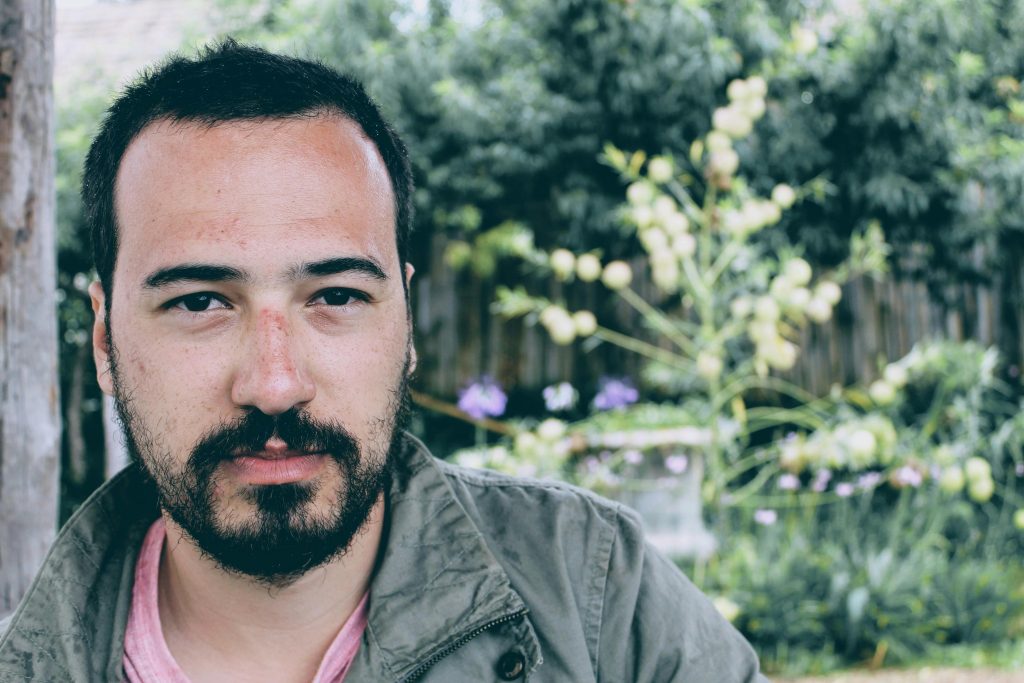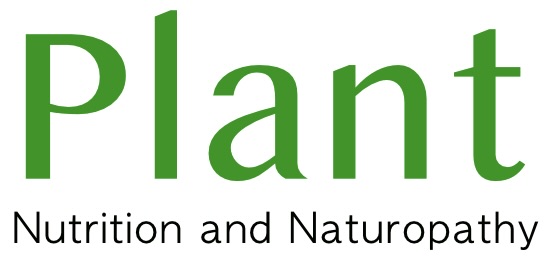Post Traumatic Stress Disorder (PTSD) is a condition that affects many people who have experienced or witnessed traumatic events. It’s often misunderstood, but understanding what PTSD is, how it affects the mind and body, and how it can be treated can help reduce stigma and encourage those suffering to seek support.

What is PTSD?
Post Traumatic Stress Disorder (PTSD) is a mental health condition that can occur after someone has gone through a traumatic event. Trauma can include things like:
– Physical or sexual assault
– Abusive relationships
– Childhood experiences
– Combat or war experiences
– Natural disasters (e.g., hurricanes, earthquakes)
– Car accidents
– Witnessing violent acts or the death of someone close
For many people, the effects of trauma are temporary, and with time, they can start to heal. But for others, the impact of the trauma can linger, sometimes for years, and lead to the development of PTSD.
PTSD is not a sign of weakness. It’s a normal response to abnormal events. Your body is doing exactly what it should be, protecting yourself. Our brains and bodies are not designed to handle extreme danger or horror, and when exposed to trauma, they can get “stuck” in a state of fear or heightened alertness, leading to the symptoms of PTSD.
Symptoms of PTSD
PTSD has a variety of symptoms that can affect someone physically, emotionally, and mentally. These symptoms include:
1. Intrusive Memories: These are unwanted thoughts, flashbacks, or nightmares about the traumatic event. It may feel like the person is reliving the experience over and over again.
– Flashbacks: A feeling of “living” through the trauma again.
– Nightmares: Vivid dreams about the traumatic event.
– Intrusive Thoughts: Thoughts or memories about the trauma that pop into the mind unexpectedly.
2. Avoidance: People with PTSD may avoid places, activities, or people that remind them of the trauma. They may also avoid thinking about the traumatic event itself.
3. Negative Changes in Thoughts and Mood: PTSD can cause a person to feel numb and disconnected from others, experience guilt or shame, or believe that the world is unsafe. They may have trouble remembering parts of the traumatic event or have memory loss for parts of their life. They may have a sense of hopelessness about the future or being experiencing intense emotions including anger.
4. Increased Arousal and Reactivity: PTSD can cause people to be constantly on edge, easily startled, or prone to outbursts of anger. This is the body’s “fight or flight” response being activated even when there is no immediate danger. They may have trouble sleeping or staying asleep, feeling tense or on alert (hypervigilance), or have difficulty concentrating.

Causes and Risk Factors of PTSD
While anyone can develop PTSD after a traumatic event, some people are at a higher risk due to factors such as:
The severity of the trauma: The more intense or life-threatening the event, the more likely it is to lead to PTSD.
Previous trauma: If someone has experienced trauma in the past, they may be more vulnerable to developing PTSD after a new trauma.
Personal resilience: Some people have an ability to cope with stress and trauma, while others may find it harder to recover.
Lack of support: People without a strong support network of friends, family, or professionals may struggle more with PTSD.
How PTSD Affects the Brain and Body
When someone experiences trauma, their brain and body go into “survival mode,” which means they prepare to deal with danger by activating the fight or flight response. This involves releasing stress hormones like adrenaline and cortisol, which increase heart rate, sharpen focus, and prepare the body to take action.
However, when someone develops PTSD, their body and brain can get “stuck” in this state of heightened alertness. Even after the danger has passed, the brain continues to process the traumatic experience as though it’s still happening, triggering intense fear and stress responses. This is why someone with PTSD might feel constantly anxious, hyper-vigilant, or like they are “on edge” even when there’s no immediate threat. This can lead to wider health implications including adrenal fatigue, lowered immune system response and chronic fatigue syndrome.
How PTSD is Diagnosed
PTSD is diagnosed by a mental health professional who will assess the person’s symptoms, history, and overall mental health. To be officially diagnosed with PTSD, a person must have experienced a traumatic event and meet specific criteria outlined in the Diagnostic and Statistical Manual of Mental Disorders (DSM-5). These include:
– Experiencing intrusive thoughts or flashbacks related to the trauma.
– Avoiding reminders or triggers associated with the trauma.
– Negative changes in mood or thoughts.
– Hyperarousal symptoms, like trouble sleeping or being easily startled.
These symptoms must last for more than one month and cause significant distress or impairment in a person’s daily life.
Treatment for PTSD
The good news is that PTSD is treatable. Many people who experience PTSD go on to recover or learn to manage their symptoms effectively. Here are some common treatment options:
1. Therapy:
– Cognitive Behavioural Therapy (CBT): One of the most effective treatments for PTSD. CBT helps individuals understand and change the negative thought patterns that contribute to their symptoms.
– Prolonged Exposure Therapy: A form of CBT that helps people gradually face the memories, situations, and feelings they’ve been avoiding, reducing their fear over time.
– Eye Movement Desensitisation and Reprocessing (EMDR): A therapy that helps people process traumatic memories and reduce their emotional charge by using guided eye movements.
2. Medications: Certain medications, like antidepressants (e.g., SSRIs like sertraline) and anti-anxiety medications, may help manage the symptoms of PTSD, particularly anxiety and depression.

3. Support Groups: Group therapy or support groups can help individuals with PTSD connect with others who have gone through similar experiences. This can reduce feelings of isolation and offer valuable emotional support.
4. Self-care: Activities like regular exercise, healthy eating, getting enough sleep, practicing mindfulness, and relaxation techniques can all help reduce stress and support recovery from PTSD.
5. Nutrition and Supplements: Ensuring you are eating a balance diet and using supplements to help support the bodies optimal functioning, as certain nutrients can become depleted with dealing with prolonged stress and hyperarousal.
6. Herbal Medicine: Herbs can be helpful in supporting the bodies nervous system to return to a balanced state, can benefit your mood, and can provide holistic assistance to your body’s overall functioning and wellbeing.
References
American Psychiatric Association. (2013). Diagnostic and statistical manual of mental disorders (5th ed.). Arlington, VA: American Psychiatric Association.
National Institute of Mental Health. (2018). Post-traumatic stress disorder. https://www.nimh.nih.gov/health/topics/post-traumatic-stress-disorder-ptsd
Van der Kolk, B. A. (2014). The body keeps the score: Brain, mind, and body in the healing of trauma. Viking.
